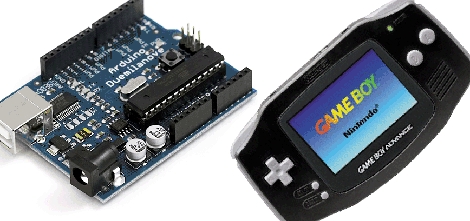
NGX Technologies sent us this Blueboard LPC1768-H to play with. It’s basically a breakout board for an NXP LPC1768 ARM cortex-M3 microcontroller (datasheet). The board adds a few extra goodies, such as a choice of mini-USB connector or barrel-jack to provide regulated power to the chip. There’s also a clock crystal for the internal RTC and an Atmel 256kb EEPROM chip. This chip has 70 I/O ports, accessed through the pin headers on top and bottom of the board. The 20-pin header to the left is for a JTAG programmer (yes, you’ll need a separate programmer). Coming in at only $32.78 this is a very accessible route for projects that require more power than some of the traditional hobby controllers. The shipping seems to have come down since NGX’s last offering, now it would be under $10 to ship to the States.
The LPC1768 is the same controller from the mbed that we reviewed. What’s missing is some of the interface hardware and the boot-loader, but the tradeoff comes with a $66 savings. This is to mbed what an AVR board is to the Arduino, a way to get even closer to the hardware.
There are a few things we think are missing. Most notably, there isn’t a datasheet or user guide for the board itself. The only information available is a schematic (PDF), but that should be enough for those already well versed in working with microcontrollers. There is also a 12MHz clock crystal on the board but it doesn’t seem to be jumpered in case you wanted to use a different frequency. We’re not sure if this is much of an issue, the internal RC oscillators offer a lot of flexibility including operation up to 100MHz.
We feel this is a solid platform that will help to get more people into ARM development because of its low price. Let us know your thoughts in the comments.














